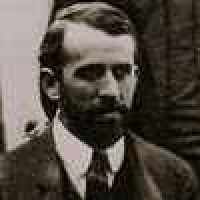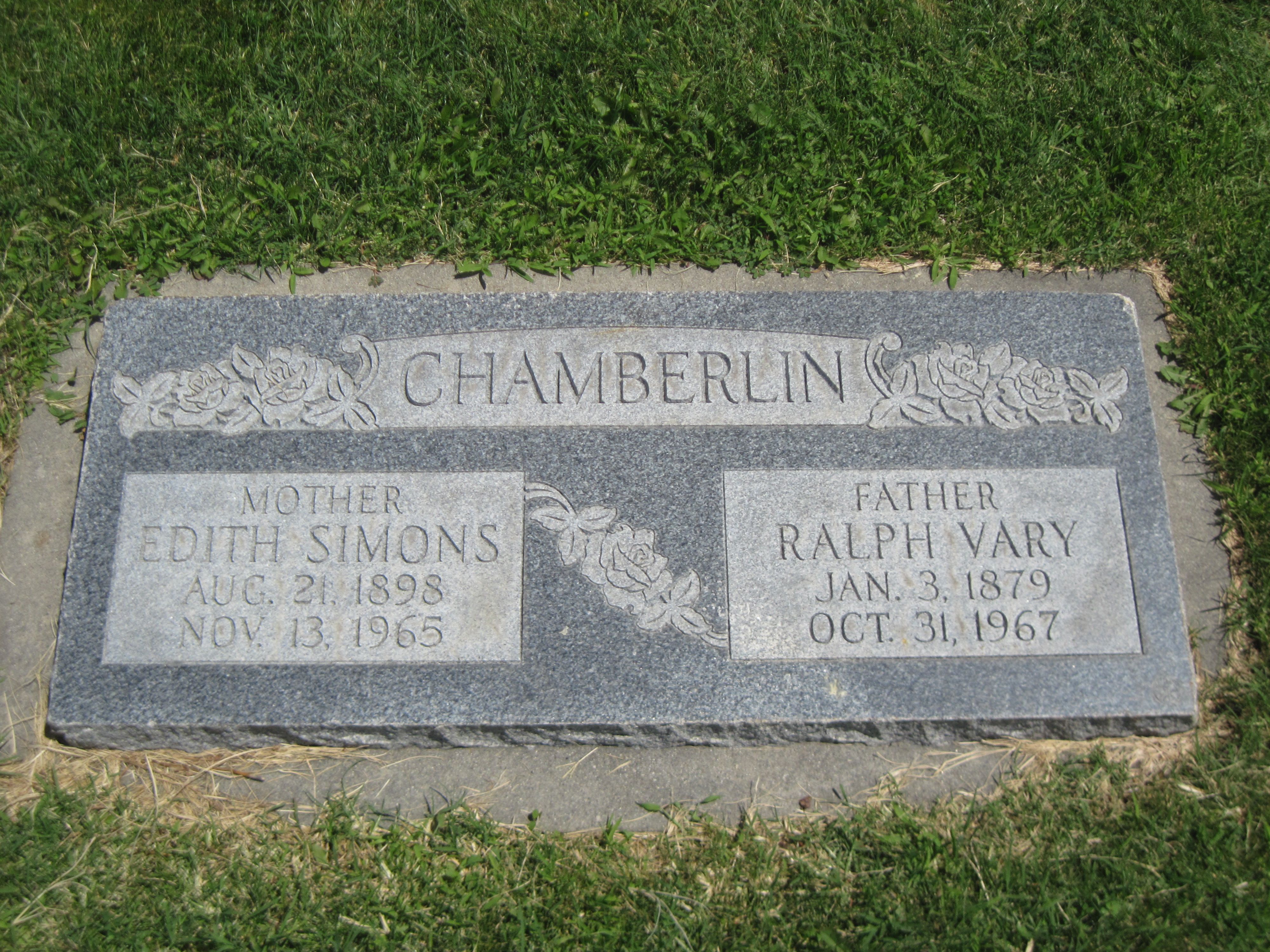Chamberlin was a prolific taxonomist who named over 4,000 new animal species in over 400 scientific publications. He specialized in arachnids (spiders, scorpions, and relatives) and myriapods (centipedes, millipedes, and relatives), ranking among the most prolific arachnologists and myriapodologists in history. He described over 1,400 species of spiders, 1,000 species of millipedes, and the majority of North American centipedes, although the quantity of his output was not always matched with quality, leaving a mixed legacy to his successors. He also did pioneering ethnobiological studies with the Goshute and other indigenous people of the Great Basin, cataloging indigenous names and cultural uses of plants and animals.
Chamberlin was honored by his colleagues at the University of Utah, however, he was disliked and even considered mean by some arachnologists, including some of his former students. After retirement he continued to write, publishing on the history of education in his home state, especially that of the University of Utah.
Chamberlin was a member of The Church of Jesus Christ of Latter-day Saints. In the early twentieth century, Chamberlin was among a quartet of popular Mormon professors at Brigham Young University whose teaching of evolution and biblical criticism resulted in a 1911 controversy among University and Church officials, eventually resulting in his resignation and that of two other professors despite widespread support from the student body, an event described as Mormonism's "first brush with modernism".
Contributor: Doug Hooper (47401292) •
Chamberlin was a prolific taxonomist who named over 4,000 new animal species in over 400 scientific publications. He specialized in arachnids (spiders, scorpions, and relatives) and myriapods (centipedes, millipedes, and relatives), ranking among the most prolific arachnologists and myriapodologists in history. He described over 1,400 species of spiders, 1,000 species of millipedes, and the majority of North American centipedes, although the quantity of his output was not always matched with quality, leaving a mixed legacy to his successors. He also did pioneering ethnobiological studies with the Goshute and other indigenous people of the Great Basin, cataloging indigenous names and cultural uses of plants and animals.
Chamberlin was honored by his colleagues at the University of Utah, however, he was disliked and even considered mean by some arachnologists, including some of his former students. After retirement he continued to write, publishing on the history of education in his home state, especially that of the University of Utah.
Chamberlin was a member of The Church of Jesus Christ of Latter-day Saints. In the early twentieth century, Chamberlin was among a quartet of popular Mormon professors at Brigham Young University whose teaching of evolution and biblical criticism resulted in a 1911 controversy among University and Church officials, eventually resulting in his resignation and that of two other professors despite widespread support from the student body, an event described as Mormonism's "first brush with modernism".
Contributor: Doug Hooper (47401292) •
Family Members
-
![]()
William Henry Chamberlin Jr
1870–1921
-
![]()
Ole Chamberlin
1872–1911
-
![]()
James Francis Chamberlin
1874–1950
-
![]()
Mary Avis "Mame" Chamberlin
1876–1899
-
![]()
Amy Ethyl Chamberlin Neff
1880–1954
-
![]()
Clara Garnet Chamberlin Phillips
1883–1914
-
![]()
Arlie Brown Chamberlin
1886–1887
-
![]()
Seth Chauncey Chamberlin
1887–1982
-
![]()
Ivy Louise Chamberlin Neff
1890–1976
-
![]()
Jacqueline Chamberlin Hansen
1893–1985
-
![]()
Eugenia "Jean" Chamberlin Harries
1895–1965
-
![]()
June Beryl Chamberlin
1918–1930
Sponsored by Ancestry
Advertisement
Records on Ancestry
Advertisement





























